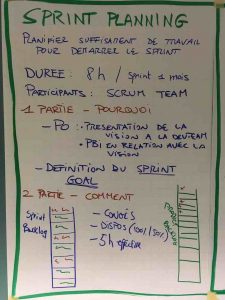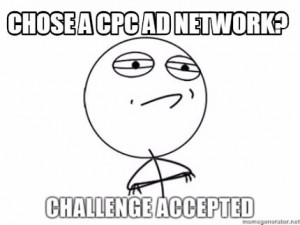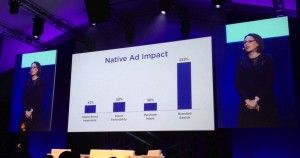— April 3, 2018
Recently, a few of our more astute connections have noticed something interesting: in many cases, clicking on an image within a Google image search no longer takes you straight to the image or allows you to download it.
Instead, it takes you to the source of the image, which is a very important difference.
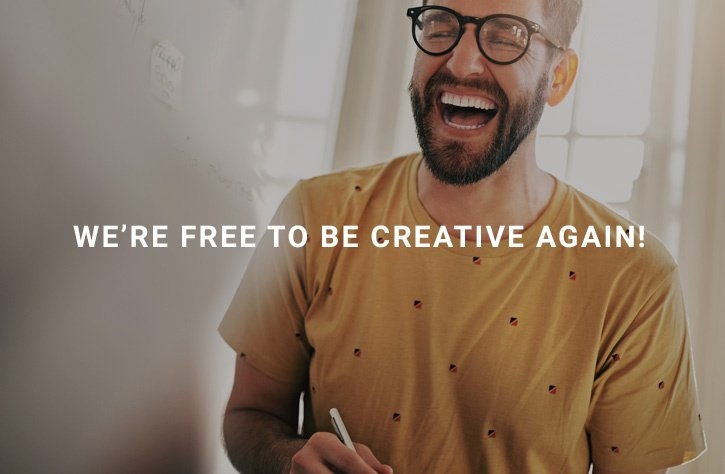
For those of us on the creative side of the industry, the intent behind this change is both obvious and welcome. Google simply didn’t want to be responsible for stolen content and copyright violations anymore. It probably didn’t hurt that they were forced to make the change in a recent lawsuit.
While we can see in this move some positive aspects as it may induce some changes in the Google Image Search working methodology, which can be interpreted as an acknowledgment of image rights, we still see the need for a deeper analysis from an industry perspective. – Alfonso Gutierrez, CEPIC President
It’s unfortunate, but the search engine found itself in the position of being a middleman for people who wanted to use pictures they didn’t have the rights to.
Thousands of searchers each day were deciding they needed visuals for their websites. Rather than creating their own, or seeking out stock images, they were simply grabbing them from search results without any regards for who might have created it or who own the rights to it.
From Google’s point of view, then, revising its image search result tabs was probably an easy choice (and one cheered on by the company’s lawyers). But as marketers, what does the switch mean? And more importantly, what can we learn about the value and future of content creation and publishing?
The first question is easy to answer. By changing their image result policy, Google is letting us all know it won’t be a party to theft. I would expect Bing and the other search engines – not to mention social media platforms – to eventually follow suit.
Looking a little farther down the road, let’s see if we can’t draw some conclusions about this policy change…
A Reminder: Be Smart With Your Images
It should go without saying that you shouldn’t steal images from a competitor or anyone else’s website. In this day and age, it’s easier than ever to simply click, save, and publish something you like. However, it’s also easier than ever to get caught and find yourself facing huge fines.
Ideally, the desire to be responsible marketers would prevent any person or agency from engaging in theft or piracy. That’s not traditionally been the case, though, so it’s worth pointing out that you should never use a picture unless you have the proper rights and permissions.
Along the same lines, smart marketers should be careful to protect their own creations, as well. There are lots of tools out there you can use to ensure others aren’t “borrowing” your content, whether it’s written or visual. One of my favourites is TinEye Image Search. If you’re spending time or money to create the images that make your marketing work, protect yourself from theft by lazy competitors and unknowing individuals.
Image Search Still Matters
The wide range of reactions that have been caused by Google’s policy change have been interesting. Moreover, they highlight the fact that image search is still a popular feature for a lot of search users.
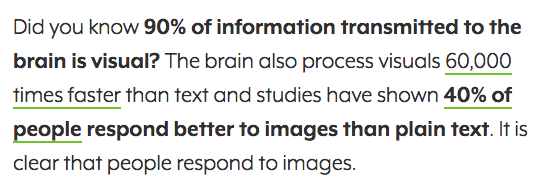
That’s important to remember because many marketers assume search engine optimization always revolves around content that is written. While it’s true that it’s easier to optimize text-based blog posts than infographics, for example, things work best when you’re using different mediums and platforms together.
You should never underestimate the power of the right visual to convey a certain tone or idea, or to make it more memorable.
Also, recall that good photos or visuals don’t only have to appear in your website. An image uploaded to your social media account is dozens of times more likely to be liked or shared than a text post is.
It’s simple human biology at work. Our eyes are drawn to shapes, colours, and faces more readily than words or phrases. We literally see pictures thousands of times faster.
The point here is that images, and particularly images that are relevant to your content and optimized for search, still carry a lot of weight in your online marketing campaigns.
Custom Images Can Give You a Big Edge
One rule we try to follow here at Kayak is to never post or upload stock photos “as-is”. In a perfect world, we would always be able to create our own artwork or generate posts from photos we had taken ourselves.
That’s not always possible, though – for our internal marketing or client projects – so we do the next best thing: improve and modify images we have a license to use.
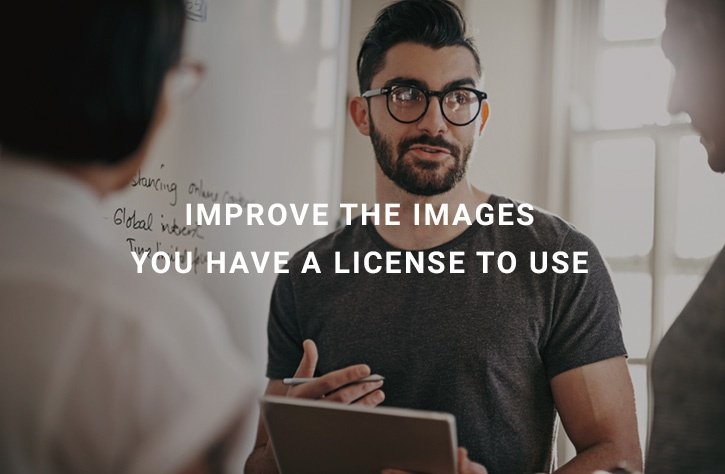
Sometimes that can mean cropping or merging stock images. It could involve supplementing them with some of our own stylings or add a headline. No matter what we do, though, we try to come up with the perfect visual for our message rather than settling for what’s available with a few mouse clicks.
Given that we go through that extra work, we may also go out of our way to brand unique images with our logo or other identifying information. This is partly because we want viewers and clients (like you) thinking of us while you notice the attention to detail. However, it also deters competitors who might not have the same ethical standards we do from deciding to simply re-post our images on their websites or blogs.
If you can create your own pictures, or somehow customize them for your own use, that has real value in today’s online marketing world. It helps to sharpen the connection between the visuals you use and your brand or content. It also helps you make a positive impression time and time again.
Google has a lot of legal and logistical reasons to get image search right. As marketers, we have even more reasons to pay attention to permissions, and to use the power of visuals to impress customers.
Digital & Social Articles on Business 2 Community
(52)
Report Post
